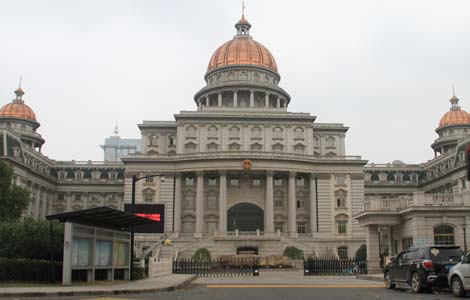
Shangri-La, a county in Southwest China's Yunnan province, celebrated on Saturday the 10th anniversary of its decision to change its former name.
Once called Zhongdian, the county beat other places a decade ago in a contest to claim the designation of Shangri-La.
Shangri-La was originally the name given to a fictional place described in the 1933 novel Lost Horizon by the British author James Hilton. Hilton described Shangri-La as being a mystical, harmonious valley enclosed in the western end of the Kunlun Mountains.
A number of places in China sought to take on the name of the fictional location and Zhongdian county won a contest for the right to it. In 2001, the county officially renamed itself Shangri-La in a step meant to attract tourists.
Following the renaming, the number of visitor who travel to the county has increased sixfold.
"The county received more than 6 million Chinese and foreign tourists last year," Liu Zhiguang, head of the county's tourism bureau, told China Daily.
"In 2002, the figure was about one million.
"Ten years ago, you could hardly find a nice hotel in Shangri-La. Today you can stay in a Shangri-La Hotel, a Sheraton or a Singapore Banyan Tree Hotel."
Tourists used to leave the county after seeing its sights. But as the accommodations there have improved, tourists are staying around longer.
The booming tourism industry is also changing local people's lives.
Larong Qilin, a 68-year-old Tibetan man living in a village called Xiagei, spent about 400,000 yuan ($63,000) in Shangri-La in 2007 on a wooden house built in a Tibetan style.
He and his wife are selling crafts and homemade suyoucha, a local specialty made with flour and milk, to tourists and his son and daughter-in-law are working as cleaners at a tourist site.
Last year, millions of tourists brought the county almost 6 billion yuan in revenue, contributing about 40 percent of the county's GDP.
Shangri-La county has five national 4A-listed tourism destinations, including Pudacuo National Park, the Tiger Leaping Gorge, Songzanlin Lamaist Temple and Balazongge. The county is among China's eight most popular tourist destinations.







